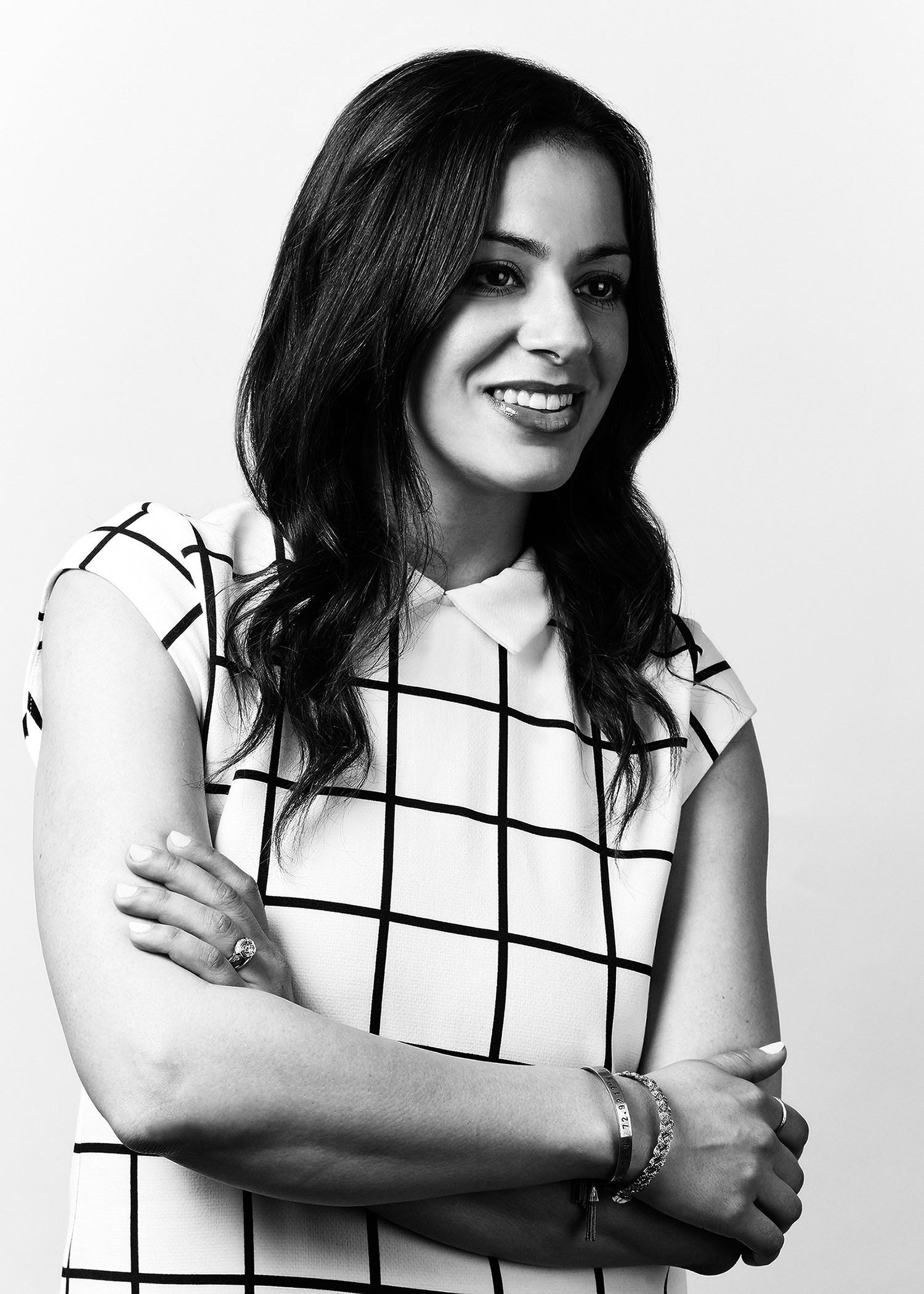The Social Seminar


The very nature of the fashion industry is social: your customers are already sharing things with their friends online (like what they just bought, what they want to buy, what they’re wearing) and brands and retailers can capitalize off of that.
The Facebook Fix: Building Your Brand Through Social Media, sponsored by HauteLook, was moderated by Jennifer Van Grove from Mashable.com. The panel comprised authorities in the social media marketing world including Arthur Lewis, HauteLook; Derek Draper, Wildfire; Matt Ellsworth, 8th Bridge; Garth Holsinger, Klout; Josh Ochs, Media Leaders and Nima Abbasi, Syndicate Media. The panelists had great ideas and tips to help fashion brands build their business using social media like Facebook and Twitter. Here are some of the highlights from last week’s seminar.
What brands should know when setting up a Facebook page
1. Ask your fans to engage, because that’s what will get the most “likes” and boost traffic. Ask them yes or no questions, or if they like your status.
2. Make your Facebook page unique or different from your website. What about your Facebook page makes the customer log on over your website? The two should be different enough so there are reasons to visit both.
3. Know the difference between what you think is engaging and what is actually engaging. Ask employees who actually use Facebook and Twitter to give you a reality check, because usually they will have suggestions to make posts more interesting.
4. When you post images, keep them square or tall and decide what type of image will illustrate the story best: a company logo or a beautiful fashion shot.
5. Create a content plan. Put one person in charge of your Facebook page. Strategize your plan up front: plan posts out on a calendar, create a shared Google doc and write out each tweet for the week with an employee’s name and date next to it. Spend less time on a daily basis and meet for half a day on Monday to plan for the week. Make sure that the person in charge is checking the page daily and responding to customer posts throughout the week.
6. Learn from the successes and mistakes of other brands. Panelists gave Starbucks and Puma as examples of companies to look at for inspiration.
7. Call to Action: Engagement is important, but it doesn’t pay the bills. Have a pathway to monetization and lead customers back to e-commerce on your website.
8. When you post, upload a photo first and then post text as a caption underneath it. Doing this allows you to edit the post. When you post text as a staus update, you’re restricted from editing once it’s published. In order to edit you would have to delete and repost and captioning a photo is a good solution and time saver.
Selling on Facebook
Panelists said it varies, but generally, people become fans of a page to receive special offers and discounts. Users are more comfortable buying on Facebook now the same way they got comfortable buying online. Years ago, no one thought e-commerce would take off and it did, the same is true with buying and selling on Facebook. The trick is making the shopping process social and fun because those are the reasons people log onto Facebook in the first place.
Case Study: HauteLook held an exclusive timed sale (48 hours) within Facebook with DVF. It created a unique experience for customers and they found that 40 percent of people who bought in that sale were new members.

